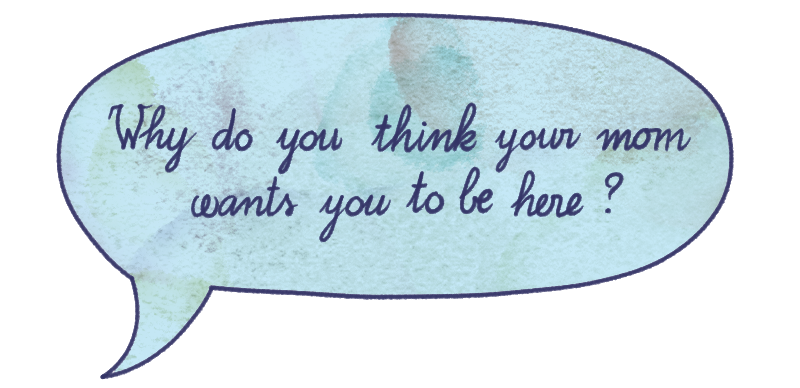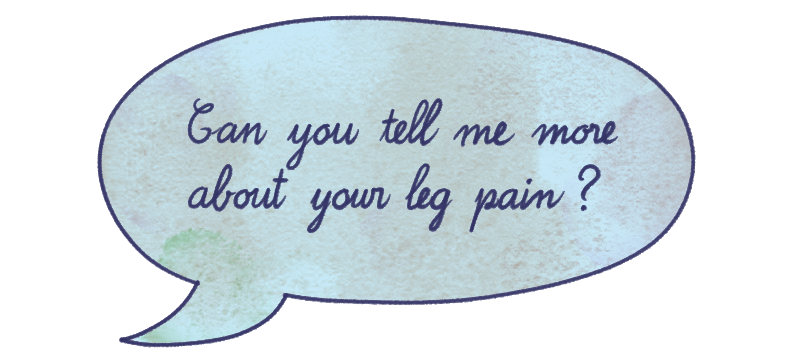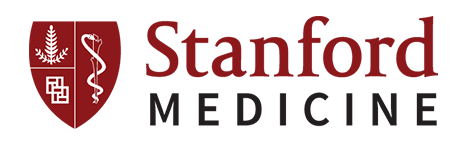





Clinical Interview Copy
The clinical interview is a crucial part of assessment. The purpose is to gather a thorough psychosocial history that includes both assessing symptoms that might be impacting the child and understanding how traumatic experiences are currently affecting their life and functioning.
The interview is conducted with both the child and the caregiver. As adolescents might be reluctant to openly speak in front of their parents about certain topics—such as substance use, sexuality, and peer dynamics, among others—some parts of the interview might be conducted separately. Additionally, the therapist may also meet separately with the caregiver—if the caregiver requests more time, requests a separate session, or requires special clinical attention. It is important though, to still keep the conjoint parts of the interview as this is an opportunity to model both to the child and the caregiver how to talk about traumatic experiences, to assess their relationship dynamics, and see who is providing the information and how they talk about it. It is helpful to give the child and caregiver a clear, concise outline of the session at the beginning of the interview so that they know what to expect. As there is a lot of information to gather in this session, worksheets in the CCT manual may be helpful in facilitating the process and reminding therapists of key areas to cover.
Components of the clinical interview include:
- A standard set of questions assessing:
- the chief complaint,
- present symptoms and history of present illness,
- psychiatric history,
- medical history,
- developmental history,
- family history,
- social history,
- academic functioning, and
- mental status
- Supplementary trauma-specific questions
- Evaluation of the child’s and family’s functioning before, during, and after the trauma(s)
- Evaluation of any changes in domains of functioning (e.g., academic, social, developmental, etc.)
- Identification of child and caregiver strengths, interests, and resilience factors
- Evaluation of the support systems for both the child and caregiver

Trauma-Specific Questions
The clinical interview is supplemented with trauma-specific questions to obtain preliminary information about the who, what, when, where, why, and how of the child’s traumatic experiences. It is important not to dive too deeply into trauma discussion here as the child has not yet learned any coping strategies for managing their distress. If the child or caregiver attempts to do so, the therapist should inform them that there will be plenty of time to discuss these in more detail later in the treatment. These trauma-specific questions are intended to assess how the child and caregiver refer to the traumatic experiences, how open they are in discussing them, and who is providing the information.
CCT differs from other treatments as it focuses not on specific traumatic events, but on the accumulation of stressors (i.e., allostatic load). For that reason, the child is the one deciding which events are traumatic for them. Those may differ significantly from what the therapist assumes to be traumatic. It is important to emphasize that the assessment is only the beginning of the process. Information gathering continues in subsequent sessions as the therapist learns more about the child and is able to get a more comprehensive picture of the traumatic events.

Assessing Functionality Before, During, and After Trauma
An important aspect of the assessment is to see how and to what extent the trauma(s) has (have) affected the overall functionality of the child. Functioning is assessed before, during, and after the traumatic experience(s) to note adversities as well as adaptive coping with these events.
